Review for Violent Streets
Introduction
I’ve grown to love Japanese movies over the years. Obviously my gateway was through anime features like Akira and Ghost in the Shell, but films like Battle Royale and 9 Souls convinced me that there was even more to appreciate in the live action side of things. But here’s something funny. I’ve never really gotten into the Kaiju Monster, Samurai Chambara or Yakuza Gangster movies, which when you consider that these are the three pillars that hold up the Japanese cinema industry is more than a little odd. Still, just because you don’t like something, it doesn’t mean that you shouldn’t try it every once in a while, just in case your tastes have changed. So when the unsolicited check disc for Violent Streets from Eureka fell on my doormat, I was actually looking forward to watching a yakuza flick.
A nightclub owner named Egawa suddenly has a problem with the Togiku yakuza group. He is an ex-yakuza who was gifted the Madrid bar when he left the business, but now the Togiku, who are now a ‘respectable’ business, want the bar back. Meanwhile, a starlet named Minami is kidnapped from the television studio where she was due to perform. And they are both caught in the middle of the final battle for control of the Japanese underworld, between the Osaka and Tokyo gangs.
The Disc
Here’s something I hadn’t heard of... a Japanese studio funding a film restoration. I’m so used to distributors outside of Japan actually having to pony up cash, and convince studios to care about their back catalogue. But indeed according to the blurb, it was Toei that restored Violent Streets for a 2k presentation. The 2.40:1 widescreen transfer is clear and sharp, detail levels are good, and colours are rich and consistent. That makes the most of the stylish and inventive cinematography. The sole audio track is a PCM 2.0 Mono Japanese track with optional English subtitles. The audio is clear enough and the action comes across well with the music supporting the story. The dialogue is clear, and the subtitles are accurately timed and are free of typos, although there are moments of harsh stridency in the louder moments, typical of cinema audio of the period.
Extras
The first run release will come with o-card packaging, and a 24 page booklet with writing on the film from Tom Mes. The disc boots to a static menu page, where you’ll find the audio options and the following extras.
Tony Rayns on Violent Streets (37:10)
Fighting in the Streets (13:07)
Original Trailer (2:58)
Conclusion
I just don’t know why I don’t like gangster movies. A friend of mine even went as far as an intervention, and sat me down in front of a video of Scarface and followed it up with Carlito’s Way. I certainly appreciated the films, and twist my arm and I’ll even admit to enjoying them, but I never went and sought out films in this genre on my own. I still haven’t seen the Godfather movies. I guess in my collection, The Untouchables will always be the exception to the rule. And once again, with Violent Streets I find a film that I appreciated, even enjoyed, but know full well it’s not the kind of movie that I’d seek out if I have 90 minutes to kill, and need a movie to fill the space.
The story is certainly interesting though, and not what I was expecting from a yakuza film, given that the film’s protagonist isn’t even in a gang, although he once used to be. It’s when his past life catches up to him that things spiral out of control. In exchange for disbanding his gang, he accepted the Madrid bar and settled down as a nightclub manager. And suddenly the yakuza that gave him the bar show up, demanding it back. At first, you have no idea who Egawa is, and take him at face value. It’s when he deals firmly with the yakuza minions that initially try to pressure him that you realise he has a backbone, and he has a past.
The next thing you see is the starlet Minami being kidnapped, and it turns out that she is being promoted by the Togiku group, and the kidnappers are a third party that give the impression that a rival yakuza group from Osaka is responsible, in order to provoke a conflict between the two. It’s only later that you learn that the kidnappers are from Egawa’s old gang, and they’re looking to revive their group and avenge themselves on the Togiku. Surprisingly, Egawa is reluctant to do so, even given the added history between him and the Togiku boss which is revealed through the film. But as the story unfolds and the conflict between the groups spirals out of control, Egawa is increasingly pulled in, torn between his loyalty to his former subordinates, and his inclination to stay out of the nascent gang war.
The film is a sweet package of seventies action exploitation, blending sex and violence in a way only films of that particular era could manage. But it has a visual inventiveness to it that makes it feel quite unique in its particular genre. Not too many films have two fight sequences in a chicken coop. But I have to say that there is a bit of a character overload, and you have to put in a little more mental effort than the film really deserves to keep hold of the characters and all of the factions, and I have to say that my eyes started to glaze over when the cross-dressing razor-blade wielding assassin showed up. Once again, Eureka give the film the presentation you’d expect, when it comes to the AV presentation and the quality of the extras. It may not be my cup of tea, but it is a flavoursome blend regardless of my personal preferences.
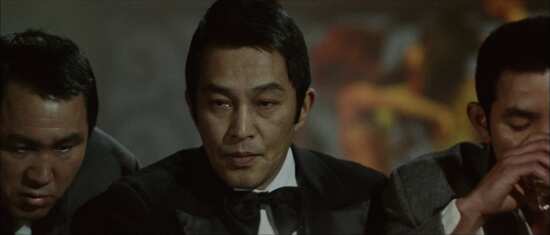
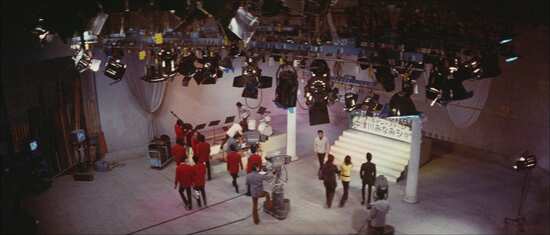
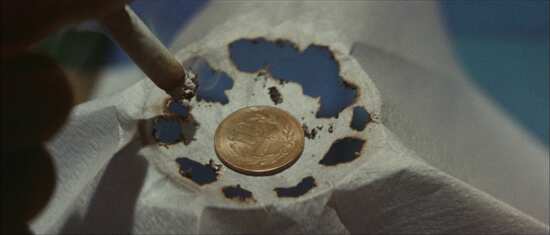
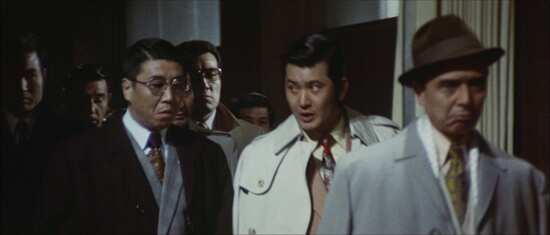
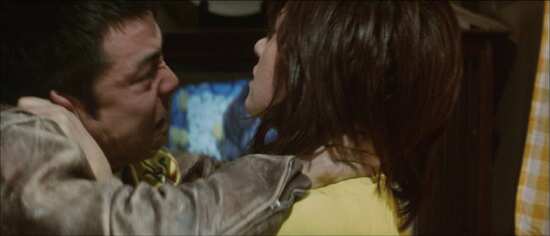
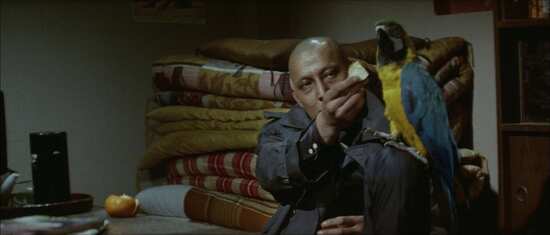
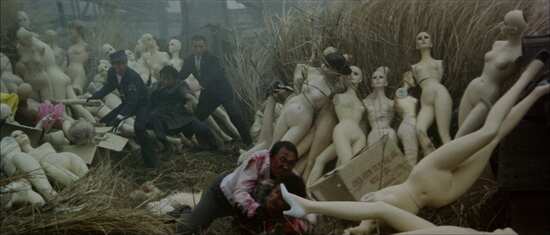
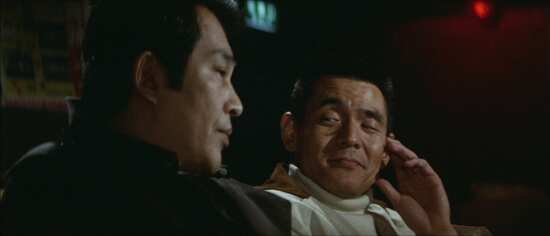
Your Opinions and Comments
Be the first to post a comment!